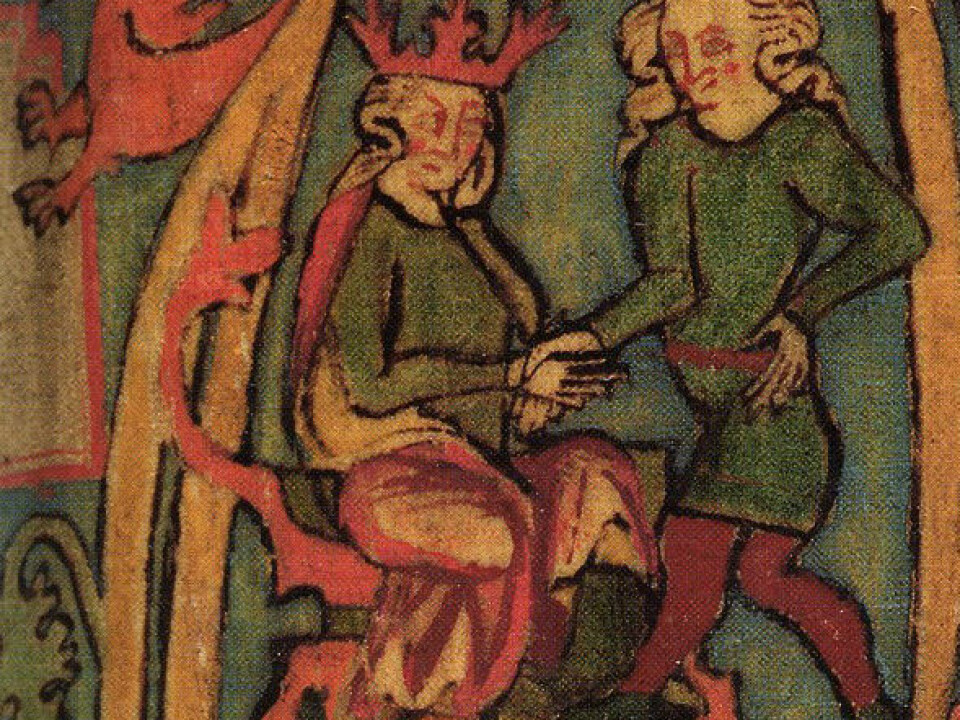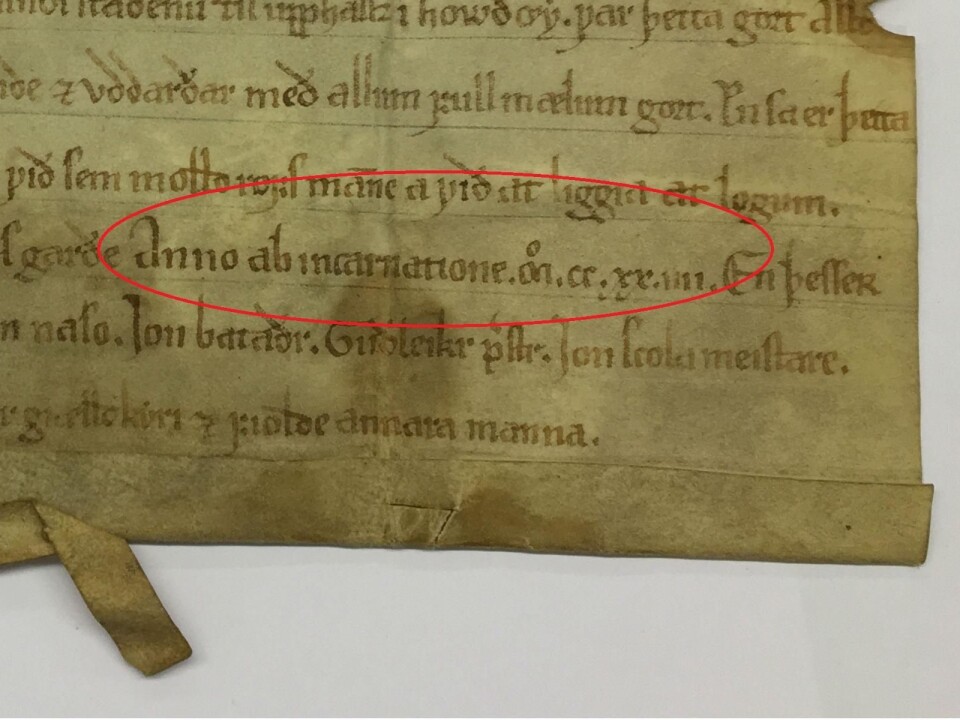
Counting the years the Viking way
How did Norway keep track of time before it adopted the modern calendar?
Dates matter. Whether it’s your fifth anniversary with your significant other or a date for a job interview, you need to keep track of time in line with everyone else in your world.
And while there are anomalies —the Jewish calendar, for example, where it is now the year 5777 — most people have landed on the Gregorian calendar, with its 52 weeks and 365.24 days per year, as the way to keep track of time.
But it wasn’t always like this. In fact, it wasn’t until 1700 that Norwegians actually jumped on the Gregorian bandwagon.
Calendars and culture
To begin with, keeping track of the passage of the years in an orderly way isn’t as easy as it might seem — at least if you want your calendar to reflect the changing seasons and the movement of the Earth around the sun.

Take the Gregorian calendar: it has 12 months of varying lengths, and a leap year every four years to compensate for the fact that the Earth’s orbit around the sun actually takes 365.24 days.
Other calendars, including the Jewish and ancient Chinese calendars, are called lunisolar calendars, because they use dates to indicate the phase of the moon as well as the time of the solar year. These calendars may actually have a leap month every second or third year to compensate for the difficulties of timing everything correctly with the movement of the Earth, and depending upon how they are constructed.
Calendar and Christianity linked
The Gregorian calendar, the world standard, was derived from the Julian calendar, introduced in 46 BC by the Roman emperor, Julius Caesar.
The Julian calendar first made inroads to Norway when the country converted to Christianity, beginning in approximately 1000 AD.

But between 900 and roughly 1450, the more common way for Norwegians to calculate years was based on the reign of different kings, says Jón Vidar Sigurðsson, a professor of history at the University of Oslo.
“It was a fairly complex form of reckoning,” Sigurðsson said. “It was very difficult for the authors of the sagas, for example, because they only had the reign of the different kings as their chronological starting point.”
The sagas are written documents that describe historical events from the Nordic countries, especially Norway and Iceland.
Sigurðsson cites examples from the Landnámabók, which describes the Viking settlement of Iceland in the ninth and tenth centuries. As a way of dating when the land was claimed, the saga authors referred to the reign of two popes, and the rulers Harald the Fairhaired and Sigurd Jarl of Orkney.
It was a rather complicated way of saying that Iceland was settled around 870-930.
“Because of all the different ‘time zones’ that were found in Europe at the time, the authors of the saga needed to rely on a number of different ways to place events in European history,” he said.
“People’s understanding of time could be a bit vague because of this system,” says Sigurðsson. “That meant it was very important to be familiar with the royal succession, since it was the only way to position past events in time.”
Local traditions and conditions
Although most people were familiar with the succession of kings, and perhaps even weeks and months, this did not necessarily govern their everyday lives.
Instead, local conditions probably were important in helping residents account for time, says Sigurðsson.
“Just think of the difference between Northern Norway and Southern Norway. They must have taken that into account,” he said.
One Norwegian author, Brynjulf Alver, wrote in 1970 about how some Norwegians relied on changes in local glaciers to account for time. For example, when a section of the glacier melted back in the early summer, that meant it was to send their animals to summer pastures.
Old letter uses AD
But gradually, as Christianity became established in Norway, so did the Julian calendar. The Julian calendar divides the year into 365 days with 12 months. Every fourth year consisted of 366 days.
“It was well into the 500s that people first calculated the year of Christ's birth in relation to the present, a way of accounting for time that became common in Europe in the 700s. This type of accounting came to Norway along with Christianity,” Audun Dybdahl wrote in an email. Dybdahl is a professor emeritus at the Department of Historical Studies at the Norwegian University of Science and Technology.
He noted that one of the oldest Norwegian documents with a date based on the birth of Christ comes from the Oslo bishop's residence. The document is dated 12 March 1225.
“After 1250, it appears that it was quite common to use Anno Domini - in the year of our Lord,” Dybdahl wrote.
Jumping ahead to keep pace with the Earth
The Julian calendar definitely had its problems. For example, under the Julian calendar, one year is 11 minutes and 15 seconds longer than it takes the Earth on average to make one orbit around the sun. This means that after 128 years, the difference would add up to one day.
In 1582 Pope Gregory XIII had to address this issue, because the Julian calendar had fallen about ten days behind the Earth year. He decided to simply jump the calendar ahead ten days, so that the day after October 4 became October 15.
Norway introduced the Gregorian calendar in 1700, on 18 February. With the adoption of the new calendar, the following day became 1 March.
--------------------------------------






























